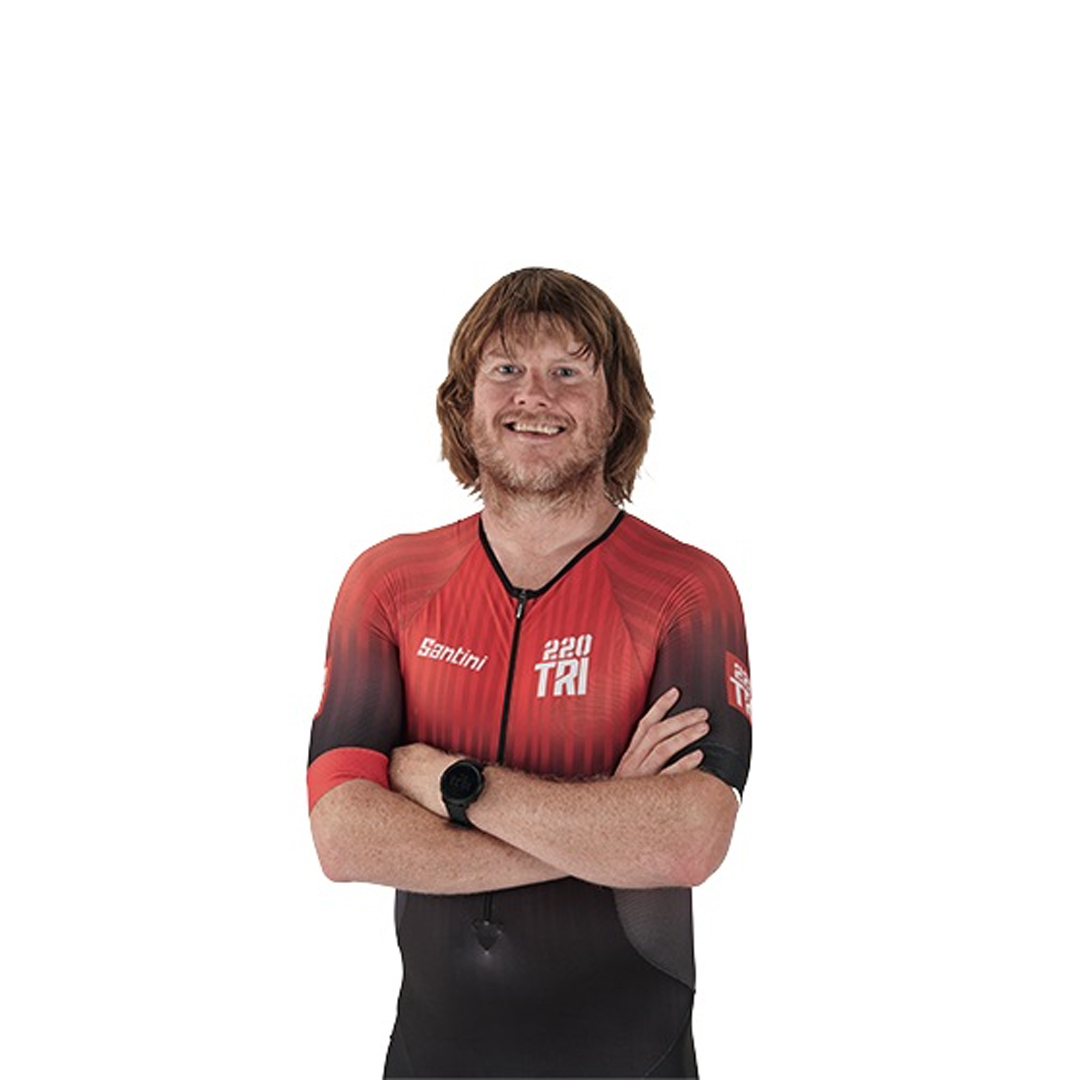Stark facts: after 30, your VO2max drops by around 10% each decade, while muscular strength decreases, too. Why’s down to numerous reasons, one of the major factors being nerve loss, which then kills off muscle fibres.
Research has shown that the vastus medialis muscle in your thigh contains around 800,000 fibres at 20; by 60, it’ll nestle at 250,000.
On average, we lose 8% of muscle fibres between 40 and 50. It’s a dismal picture. Or it would be if you didn’t train and, more importantly, adapt your training.
That being said, more and more athletes are continuing to exercise or picking up exercise like triathlon much later in life. Indeed, in a recent Hawaii Ironman triathlon, master athletes accounted for over 55% of the total field in men and 45% in females (study 1), equating to an approximate 34% increase in master finishers over the past 25 years.
How ageing affects women's athletic performance
Though performance declines occur in both genders and to a similar extent in longer-distance aerobic events, evidence suggests that women may experience a greater loss of events that require bursts of explosive muscular activity, particular those that require significant upper body input (study 2, 3, 4).
The gap in performance often becomes more apparent with advancing age (>55 years). This may reflect the significant hormonal changes experienced by women post-menopause characterised by a pronounced drop in oestrogen (study 5), but also by potential sociological factors that govern training time commitments.
How to increase lean muscle mass
The hormone testosterone preserves and increases lean muscle mass; improves cognitive function; increases bone density so preventing conditions like osteoporosis; and improves your ability to recover from a workout.
The problem is, from the age of around 30, testosterone levels begin to drop. This is compounded by long endurance sessions, which decrease levels further. That’s why weight training’s so important to the older triathlete.
Unlike endurance training, weight work raises testosterone levels. It’s recommended those over 50 should split between 80% tri training and 20% weights. When it comes to exercises, engaging the major muscle groups elicits greatest testosterone release, so squats are essential.
Resistance training is effective for improving muscle strength and physical performance in aged populations (study 6). This is particularly relevant for women given the accelerated declines in muscular power and strength post-menopause. Hence, alongside endurance and balance work, regular strength work should be a mainstay in any training program.
Stretching muscles is key
As you age, it’s natural for intensity to drop off in lieu of volume; in other words, longer and slower. All training counts but the problem is, not only do the ageing athlete’s muscle fibres die off, the fast-twitchers disappear faster.
That’s why you need to stretch – and retain – them by ensuring you train two or three times a week above 80% of maximum heart rate. This’ll result in shorter training sessions but higher weekly intensity.
Set a good sleep routine
Those of you over 50 know recovery takes longer. So ensure sufficient sleep by setting a sleep routine, cutting out stimulants and banishing smartphones from the bedroom. Compression socks and regular massage will also accelerate recovery.
As for nutrition, the key advice is around protein, which should increase to preserve muscle mass, rising from 20-25g protein to 30-40g. This maximises protein synthesis.
Top image: Getty Images
References:
1. Lepers, R., Rüst, C. A., Stapley, P. J., & Knechtle, B. (2013). Relative improvements in endurance performance with age: evidence from 25 years of Hawaii Ironman racing. Age, 35(3), 953. https://doi.org/10.1007/S11357-012-9392-Z
2. Ransdell, L. B., & Wells, C. L. (1999). Sex Differences in Athletic Performance. Women in Sport and Physical Activity Journal, 8(1), 55–81. https://doi.org/10.1123/WSPAJ.8.1.55
3. Tanaka, H., & Seals, D. R. (1997). Age and gender interactions in physiological functional capacity: insight from swimming performance. Journal of Applied Physiology (Bethesda, Md. : 1985), 82(3), 846–851. https://doi.org/10.1152/JAPPL.1997.82.3.846
4. Donato, A. J., Tench, K., Glueck, D. H., Seals, D. R., Eskurza, I., & Tanaka, H. (2003). Declines in physiological functional capacity with age: a longitudinal study in peak swimming performance. Journal of Applied Physiology (Bethesda, Md. : 1985), 94(2), 764. https://doi.org/10.1152/JAPPLPHYSIOL.00438.2002
5. Phillips, S. K., Rook, K. M., Siddle, N. C., Bruce, S. A., & Woledge, R. C. (1993). Muscle weakness in women occurs at an earlier age than in men, but strength is preserved by hormone replacement therapy. Clinical Science, 84(1), 95–98. https://doi.org/10.1042/CS0840095
6. Talar, K., Hernández‐belmonte, A., Vetrovsky, T., Steffl, M., Kałamacka, E., & Courel‐ibáñez, J. (2021). Benefits of Resistance Training in Early and Late Stages of Frailty and Sarcopenia: A Systematic Review and Meta-Analysis of Randomized Controlled Studies. Journal of Clinical Medicine, 10(8). https://doi.org/10.3390/JCM10081630


